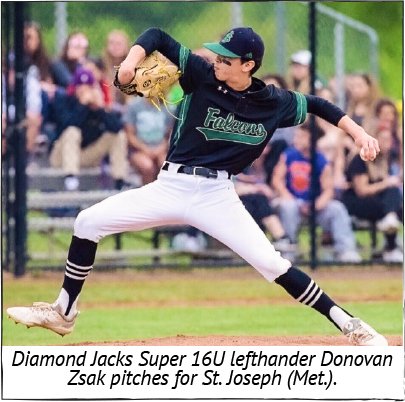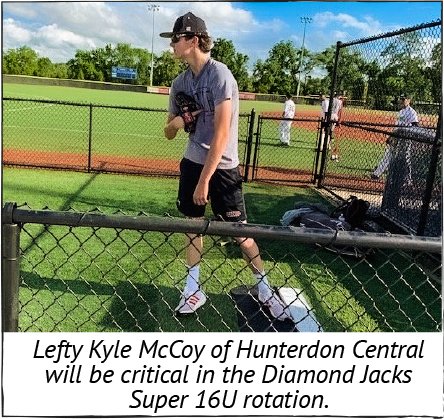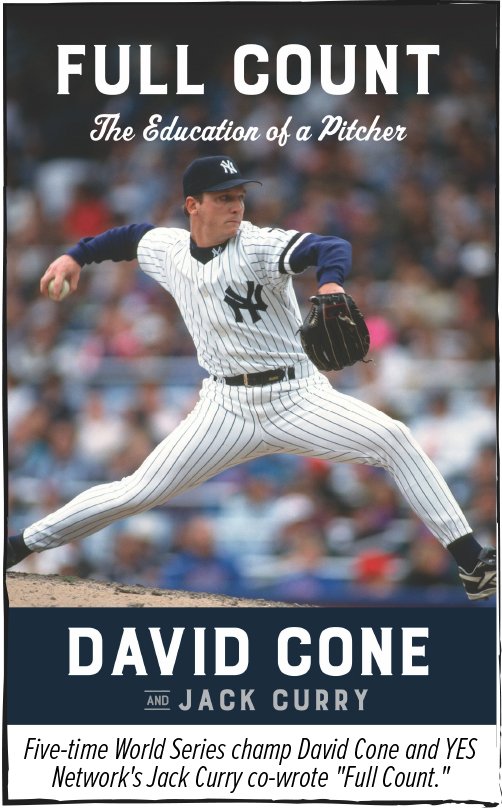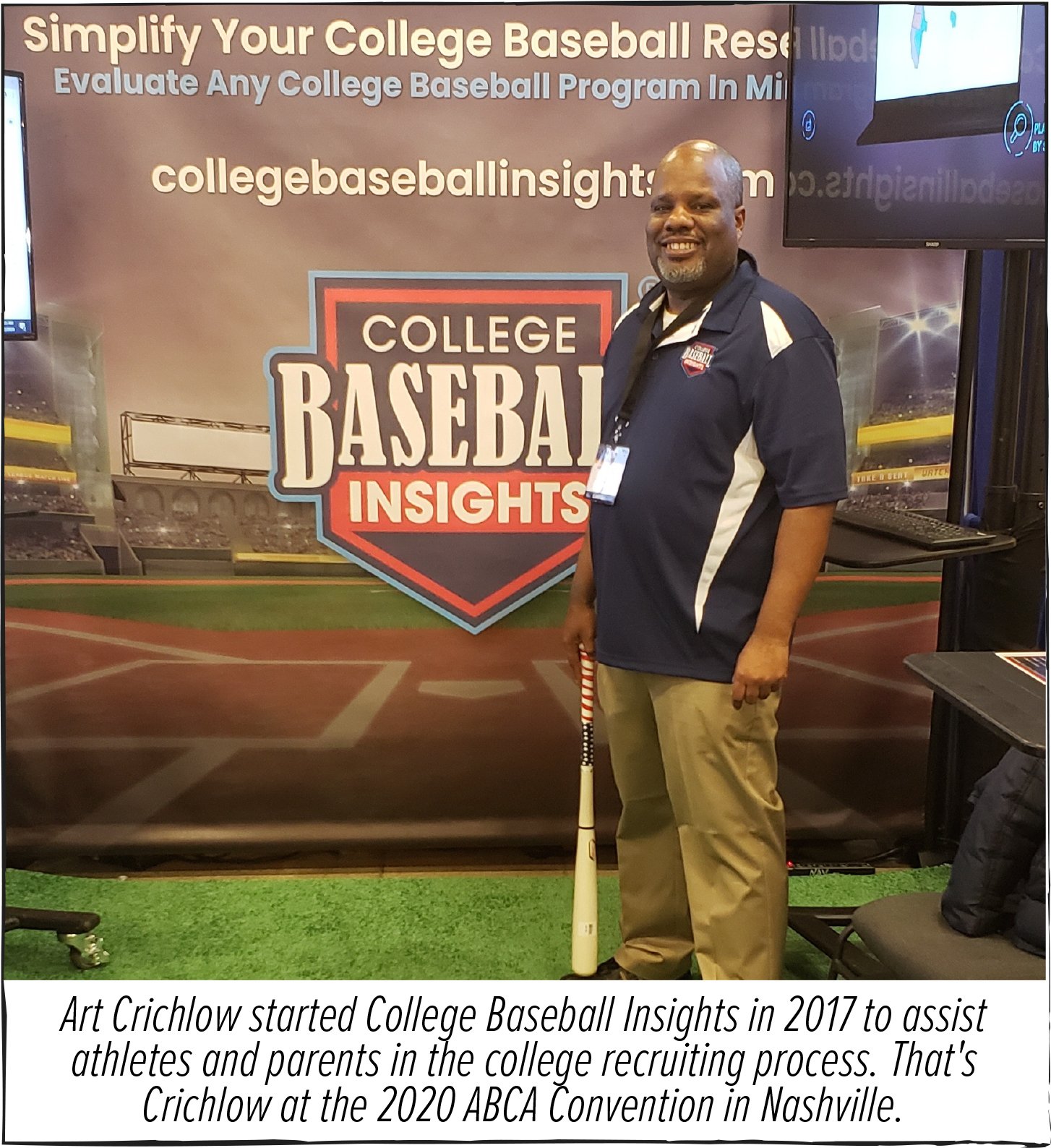By Bob Behre
Steve DiTrolio doubles as Diamond Nation’s recruiting coordinator and head coach of the Diamond Jacks Super 16U squad.
That young squad will have an intriguing pitching rotation fronted by three lefthanders already committed to Division 1 colleges. DiTrolio, a former assistant coach at Somerville High School, cannot wait see the damage his 16U staff can do on the summer circuit.
“I am looking forward to coaching these three directly,” said DiTrolio. “I’ve had the pleasure of working with them in practices and watch them develop the last few years.”
When the Super 16U squad takes the field and lefthanders Truman Richter, Donovan Zsak and Kyle McCoy take their turns on the mound this summer, it will be must-see-TV, to borrow a phrase.
“I think they push each other without really knowing it,” says DiTrolio. “I see how they interact at practice and are very interested in each other’s development. Donny's curveball, Kyle's slider and Truman's two-seam are all plus pitches in their arsenal. But, by no means, are they limited. Each has a two-to-three pitch mix. These dudes can flat out pitch.”

Richter, at 5-10, 170, boasts a mid-80s fastball that seems to get on you even quicker and has some late movement that creates additional issues for batters. Just a sophomore at Voorhees High School, Richter can mix it up with a curveball, changeup and slider.
“I just started throwing the slider,” said Richter, a Virginia Tech commit. “It’s looking really good. It’s getting better and better every bullpen. It’s got more of a late, tight break to it. I think it will be my best pitch eventually.”
While Richter holds out hope for at least a partial high school season, his is also anxious to join his summer team.
“I cannot wait to get on the field with the guys,” says Richter, “and with our lefty trio. We are going to be unstoppable. We’re going to win a lot of games this summer.”
Richter worked hard on his mechanics last summer under the direction of Diamond Nation pitching coach Brian DelRosso.
“Truman has been on of our best guys on the mound for awhile,” said DelRosso. “He played-up in a few tournaments as a younger player and was still able to get his fastball by guys and keep them off balance with his off-speed pitches. He consistently makes competitive pitches.”
 Zsak is a 6-2, 170-pound sophomore at St. Joseph (Met.) High School and is already committed to Virginia. He features a low 80s fastball and a curveball that he used to register a 5-2 record and 44 strikeouts in 26 innings as a freshman. That is remarkable given St. Joes’ typically rugged schedule.
Zsak is a 6-2, 170-pound sophomore at St. Joseph (Met.) High School and is already committed to Virginia. He features a low 80s fastball and a curveball that he used to register a 5-2 record and 44 strikeouts in 26 innings as a freshman. That is remarkable given St. Joes’ typically rugged schedule.
“I really love to compete on the mound and attack hitters with my fastball,” says Zsak. “I’ll mix in a slow curveball and I’m developing a changeup that coach DelRosso has been working with me on. Our Super 16 pitching staff has three D-1 commits and each of us has something different to offer. McCoy is a big kid, mixes his pitches great and his fastball sneaks up on hitters. Richter has a great curveball and can really throw the baseball hard.”
Zsak left his high school coach impressed after an effective freshman campaign.
“Donny showed us a lot as a freshman,” said St. Joseph coach Mike Murray. “It is was nice to see the adjustments he made after his first couple outings.”
Zsak pitched well in a 3-0 loss to perennial power Seton Hall Prep then retired nine straight to close out an extra inning victory over South Plainfield in the Greater Middlesex Conference Tournament quarterfinals.
‘He always wants the ball,” says Murray. “I think the Seton Hall loss was his coming out party. He had six or seven strikeouts in the South Plainfield relief effort. He’ll be one of the best lefthanders in the state over the next couple years.”
Whether or not we return to the high school field this spring, Zsak is pumped for the summer.
“I’m excited also for the great lineup of hitters we have,” said Zsak. “We hit. We can run and can really play great defense behind our pitchers.”
The Maryland-bound McCoy figured to be at or near the top of the Hunterdon Central rotation this spring despite being just a sophomore. An impressive baseball acumen pairs nicely with his physical abilities. He is 6-3, 160 and throws a fastball in the low 80s, topping out thus far at 83. But it’s McCoy’s off-speed stuff that is more impressive to this point.
 He has unusually good command of his changeup for a sophomore and adds a curveball and a quickly developing slider. But he is even more impressed with the other two-thirds of the lefty trio.
He has unusually good command of his changeup for a sophomore and adds a curveball and a quickly developing slider. But he is even more impressed with the other two-thirds of the lefty trio.
“I have been with Donovan and Truman for awhile and I know they can handle any moment in any situation,” says McCoy. “They both really know how to attack hitters and they never back down. Those guys are my brothers and they are straight up studs.
“I feel like we can compete with anyone. This team is the most exciting team I’ve ever been a part of. They are all just great teammates and we bond really well.”
DiTrolio believes it’s not accident this talented trio of lefties are about to elevate their game at the 16U level.
“It’s because of their work ethic and dedication to improve,” says DiTrolio, “that our Super 16U staff is shaping up to be one of our best we’ve had in a while.”
Fortifying that trio of D-1 lefties for the Super 16U will be righthanders Christian Parejia, a sophomore at Passaic Tech, Jarden Greenzang, a sophomore at Hopewell Valley, and Clemson commit Chris Maldonado, a sophomore at Seton Hall Prep.
“They’ll help carry the load of a heavy tournament schedule,” says DiTrolio.

By Bob Behre
In a recent interview with new Lafayette College coach Tim Reilly, we talk about the importance of educating yourself on the game of baseball. Reilly emphasized what a great time this is to do exactly that.
Despite my inability at this point in my life to get batters out, I decided to dissect a new book co-written by former Yankees and Mets pitcher David Cone and YES Network reporter Jack Curry.
In Full Count, The Education of a Pitcher,” we learn that Cone is a connoisseur of every pitching nuance and, as a former player, someone who embraces the new wave analytics that has taken baseball by storm. For Cone it was, and still is, all about getting as much information as possible to improve his plan of attack on the mound.
Cone, indeed, was as ferocious in his pursuit of knowledge as he was in his thirst for getting outs on the mound.
Consider this less a review of an outstanding and instructive book than a sharing of information. Cone and Curry make it easy for players and coaches to digest the knowledge they have to impart, regardless of whether you are a 12 year old or a veteran pitcher in ‘The Show.’ Sure some of it is over the head of Little Leaguers, but certainly not their coaches.
“Being a pitcher means being a creator, an improviser, and a magician, a person willing to devise some way to throw the ball so that the hitter is deceived and defeated,” Cone says in the first chapter of the book. Deception would prove to be a theme running through Cone’s pitching story.
Confidence is a super-critical ingredient to a pitcher’s success, according to Cone, who believes pitchers tend to give batters too much credit.”
“In the competitive, evolving batter-versus-pitcher world, pitchers should be adamant about focusing on their strengths, not a batter’s weaknesses,” he says. “I much rather emphasize what I did well, not what the batter did well, which is what confident pitchers do.”
But for a pitcher to evolve to the point he is confident on the mound requires some success in getting batters out. Most young pitchers are given that opportunity at some point, particularly if they exhibit some arm strength as a young player.
Getting equally young batters out, they find, usually requires nothing more than a hard fastball and, if they must, changing speeds a bit. But as the competition improves as a player ages, pitchers require some real tools, physical and mental, to solve those many good hitters they will encounter.
Cone gives excellent tips on the proper grips for two- and four-seam fastballs, cutters, curveballs, sliders and changeups; pitches that can be experimented with as young pitchers get older, bigger and stronger.
“Pitchers need to be students, forever students, because there’s always a chance to learn something or poach something that will make you better,” says Cone.
 The poaching Cone refers to occurs organically as we watch other pitchers and learn what they do to get batters out. That process also includes applying tips from a variety of coaches you’ll met along the way, many of which are former pitchers. Cone points out, pitchers with a wealth of talent can stifle their own success due to confidence issues, such issues that can cause them to pitch defensively instead of aggressively. Part of the process, he says, is learning to deal with failure.
The poaching Cone refers to occurs organically as we watch other pitchers and learn what they do to get batters out. That process also includes applying tips from a variety of coaches you’ll met along the way, many of which are former pitchers. Cone points out, pitchers with a wealth of talent can stifle their own success due to confidence issues, such issues that can cause them to pitch defensively instead of aggressively. Part of the process, he says, is learning to deal with failure.
“To develop and learn to be tougher, a player usually needs to get humbled and feel what it’s like to fail,” says Cone. “What is mental toughness for a player? It’s a mind-set, an approach, and a way of acting and reacting to the good, the unexpected, and the uncertain.”
Cone refers to the critical relationship a pitcher has with his catcher as “The Dance.”
“The best catchers understand that pitchers can be needy and selfish, and they also understand their advice might be shunned by the same pitchers who long to be in a partnership,” says Cone. “But those catchers keep trying to make the pitcher feel comfortable because that’s their job and that’s the best script for trying to win games. They keep dancing with the pitcher. One leading, one following, both of them working in unison.”
Most telling of Cone’s story is how he continually evolved as a pitcher, always willing to learn something new and find new ways to keep batters off-balance and guessing, as he got them out.
“I like stubborn pitchers because they fight for themselves,” he says, “and I like confident pitchers because they believe in themselves.”
Cone is certainly a great source to tap for pitching expertise and the equally important mental side of the discipline. He won 194 major league games while posting a 3.46 ERA and boasting 2,668 strikeouts over 17 seasons. His post-season experience, and success, provided plenty opportunities to pitch in high-pressure spots, which he relates in valuable detail.
Cone was 8-3 with a 3.80 ERA in 21 post-season appearances and won World Series championships with the 1992 Toronto Blue Jays and the 1996, ’98, ’99 and ’00 Yankees. He won 20 games twice and the Cy Young Award in 1994 with the Royals. And on July 18, 1999, Cone pitched a perfect game against the Montreal Expos, which made for a terrific chapter.
Curry was a Yankees beat writer for The New York Times for 20 years and, since 2010, does pre- and post-game analysis for the YES Network. He says he approached Cone to co-write the book because, “his creative mind made him the ideal pitcher for this book.”
Jim Bouton, who pitched for the Yankees in the 1963 and ’64 World Series and wrote the controversial book “Ball Four,” perhaps said it best.
“You spend a good piece of your life gripping a baseball and, in the end, it turns out that it was the other way around all the time.”

By Bob Behre
Wouldn’t it be amazing to have a go-to, one-stop website where you could research colleges all over the country and find the right academic and baseball fit for your young athlete?
College Baseball Insights offers exactly that, providing a timely visual solution that consolidates all of the frequently asked questions for every college in the nation into one website.
“Our solution reduces a family’s research effort by 25 percent,” says College Baseball Insights founder Art Crichlow. “We’ve simplified the online college baseball research process by consolidating information on more than 1,700 college baseball programs.”
Crichlow’s impetus to find a way for parents to lighten the load of the college research process came through personal experience. “I found researching college baseball programs during my son’s high school years to be overwhelming and time consuming,” he said. “An athlete’s junior year can be stressful for a multitude of reasons; standard course work, prepping for college entrance exams and playing baseball. Then add to that, college visitations.”
Once his son was off to college, Crichlow had time to looking deeply into finding better ways to clear up the fog of the college research process. “I started researching the college baseball recruiting process and, specifically, how to help other families through what can be an intimidating process.”
This four-year adventure for Crichlow under his company College Baseball Insights has led him to a rewarding experience in quickly bringing into focus for parents what can otherwise be a painstaking process.

“The most joy I get in our day-to-day operation is when we are able to quickly review and analyze a college baseball program in minutes and provide for a parent critical insights of that school based on their college profile,” says Crichlow. “Our goal is to be the leading source of college baseball information and help student-athletes find the right college to continue their academic and baseball careers.
“I love that we can reduce a student-athlete’s college research time from hours to minutes. Researching and narrowing down a target list of schools can otherwise take hundreds of hours to complete.”
Crichlow, through personal experience and his interactions with parents and athletes, is well aware of the value in clearly defining a client’s needs and marrying that need with a preferred college.
“In today’s rapidly evolving world, what we do at College Baseball Insights must be transformative and groundbreaking,” Crichlow says, “by providing timely and relevant information, thus helping student-athletes and parents make better decisions concerning the college recruiting process.”


